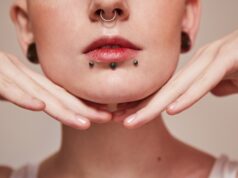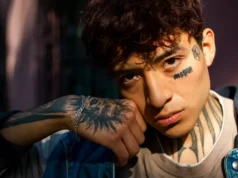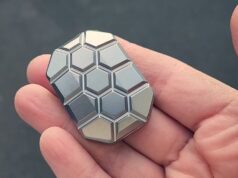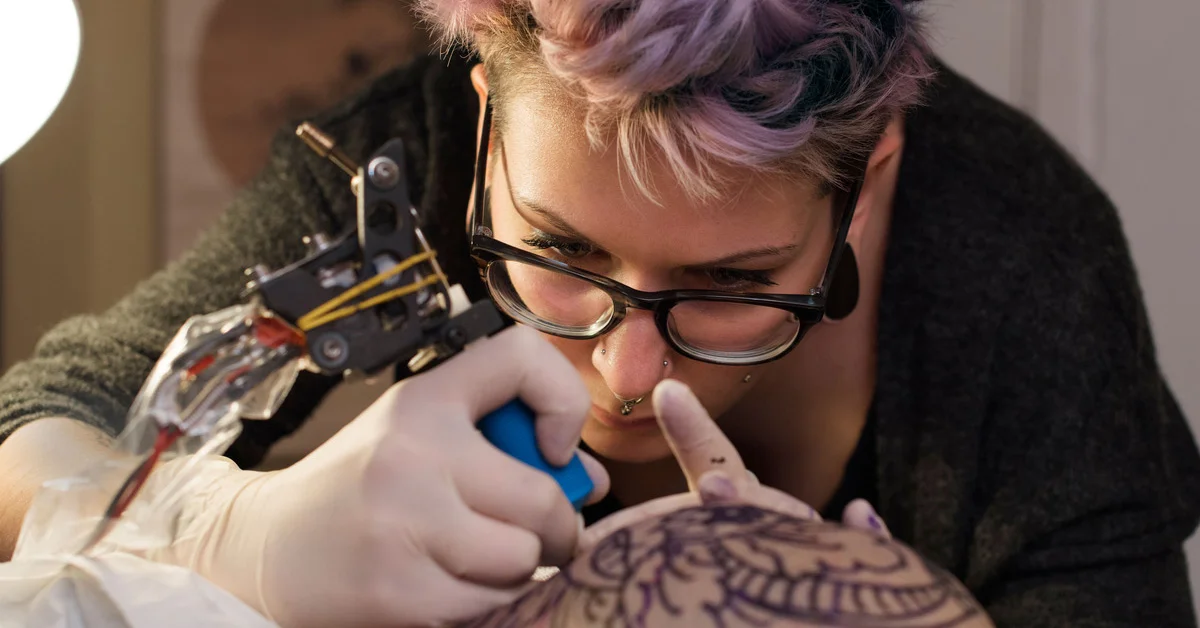
Have you ever been out and about, at the beach, a park, or in a swimming pool, and come across someone with an absolutely colossal tattoo?
Most people have, and it can be an awe-inspiring experience or one that makes you wince, depending on how you view tattoos.
Like a canvas, a bigger tattoo offers an array of benefits that may be missed if you have a smaller one. There is more space to showcase detail and shading, and, of course, they can be striking if they are drawn and colored by a skilled tattoo artist.
However, if you are considering getting a larger tattoo, you may have some questions about the process, the aftercare, and, of course, the societal impact that they can have. So, to help you decide on the size of your next piece of ink, read on! This article details what to expect from start to finish and how best to keep tattoos that are on the larger side looking great for years to come.

Sizing
While there are no fixed rules for tattoo sizes, specific ranges are commonly observed in the United States. Starting with the most petite, small tattoos are usually less than 2 inches in diameter. They are often chosen for discreet placement, such as behind the ear, on the wrist, or on the ankle. Small tattoos are ideal for minimalist designs, initials, or symbols.
Medium-sized tattoos range from 2 to 6 inches in diameter. These tattoos offer more space for intricate details and can be placed on the forearm, upper arm, or calf. Medium-sized tattoos are popular for floral designs, animals, or medium-sized quotes.
Large tattoos typically exceed 6 inches in diameter. They are commonly found on the back, chest, or thigh, providing ample canvas for complex designs, portraits, or full-scale illustrations.
Finally, full-body tattoos cover extensive areas, such as the entire back, sleeves, or legs. These tattoos often require multiple sessions and are chosen by individuals seeking a heavily inked appearance or artistic expression on a grand scale.
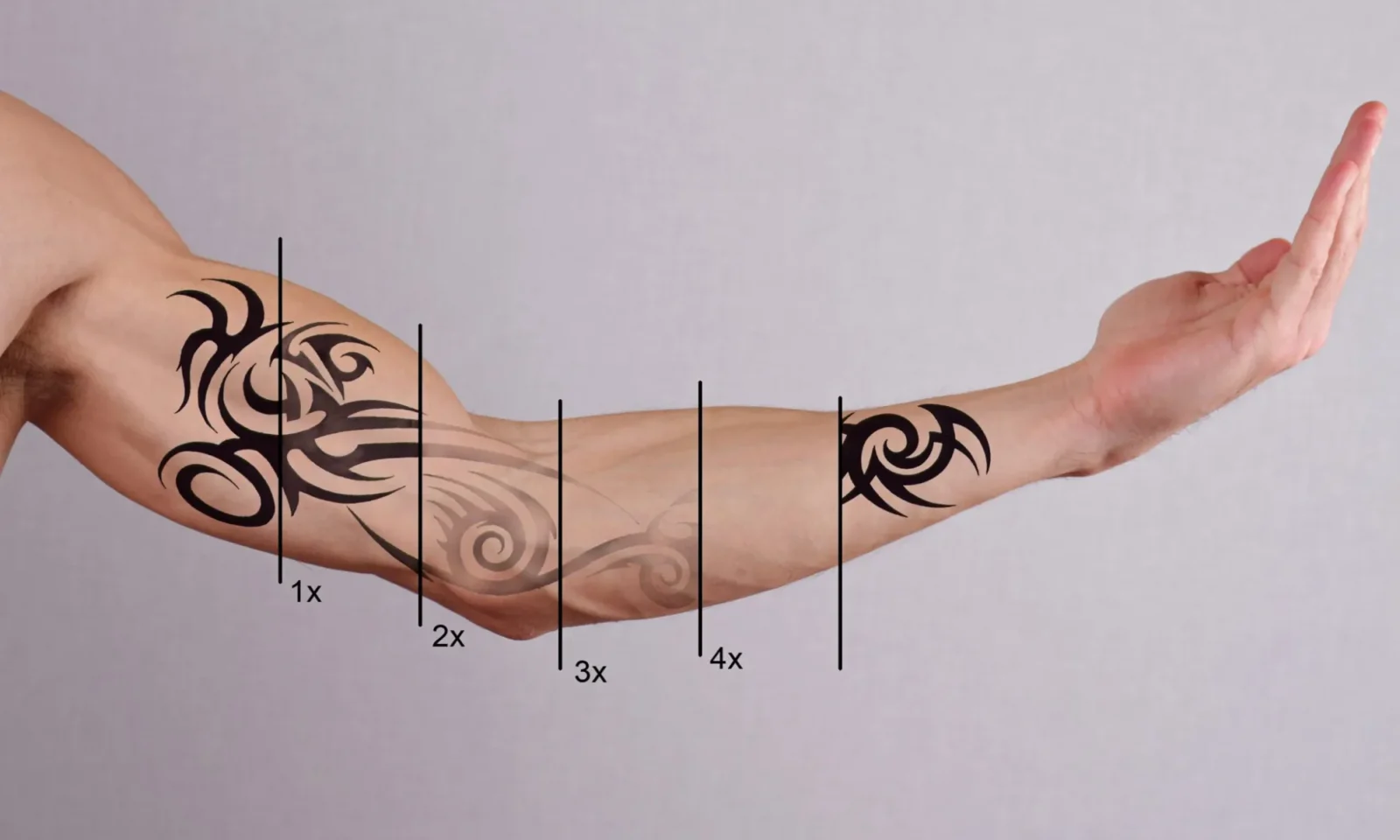
The Tools
Now that the sizing is out of the way, it’s time to talk about the tools that will be used to create a larger tattoo.
Of course, there is more transfer paper and more ink, but what about the machines, guns, or pens?
When it comes to coloring larger tattoos, tattoo artists typically use a tattoo machine known as a shader. A shader machine is specifically designed to fill in larger areas with color and shading. It is different from a liner machine, which is used for creating outlines and finer details.
Shader machines are configured with different needle arrangements and settings to allow for smooth and consistent shading. They typically have a larger needle grouping, such as 8 to 14 needles, which helps to cover a larger surface area more efficiently. The needles are often arranged in a circular or magnum configuration, allowing the artist to create soft gradients and blend colors seamlessly.
Shader machines are also equipped with a slightly longer stroke length compared to liner machines. This longer stroke length allows for deeper penetration into the skin, ensuring the ink is deposited evenly and consistently. Additionally, shader machines often operate at a slightly slower speed than liner machines, enabling the artist to achieve smoother shading and blending effects. If you have any queries about the shader machines, ask your tattoo artist; in most cases, these machines will be from a reliable brand, such as Barber DTS, and will be a hybrid machine, which will allow you to get the best result without as much pressure as you would expect.
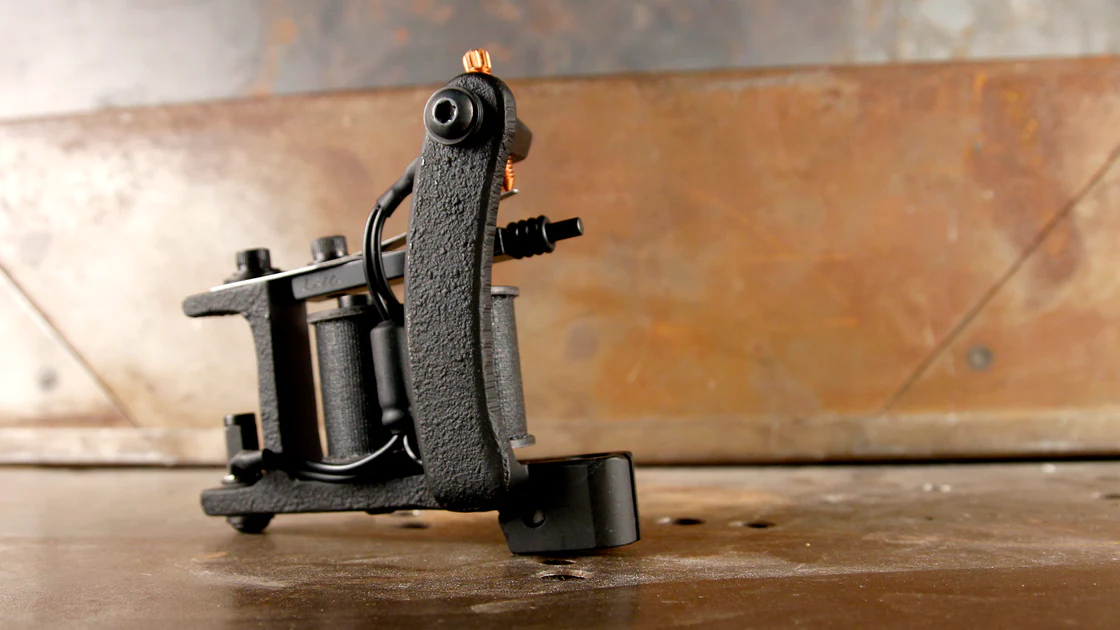
The Tattoo Artist
When selecting a tattoo artist for a grander tattoo, there are several important factors to consider. First and foremost, expertise and experience should be at the top of your list. Look for an artist who specializes in the style you desire and has a proven track record of creating larger, intricate designs. Checking their portfolio and online reviews can give you a sense of their skill level.
Additionally, cleanliness and professionalism are paramount. Ensure the tattoo artist works in a clean and sterile environment, follows proper hygiene protocols, and uses sterilized equipment. This will help minimize the risk of infections and ensure your safety.
Good communication is vital when working on a larger tattoo. The artist should actively listen to your ideas, provide valuable input, and be able to translate your vision into a unique design. They should be patient, understanding, and willing to make adjustments throughout the process.
A reputable tattoo artist should also provide detailed aftercare instructions and be available for any questions or concerns that may arise post-tattooing. They should stand behind their work and offer tattoo touch-up services if needed.
Lastly, take the time to establish a rapport with the artist. Getting a bigger tattoo can be a time-consuming process, so it’s crucial to feel comfortable and trust their artistic abilities. A positive and respectful relationship will contribute to a more enjoyable experience and increase the likelihood of a successful outcome.
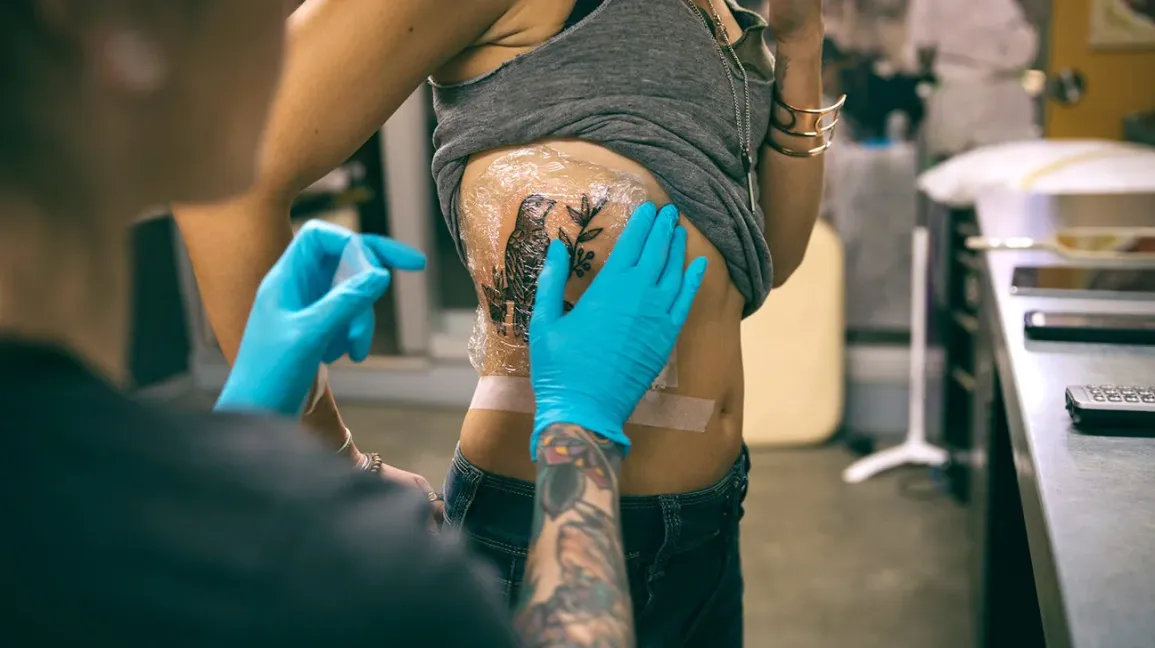
The Process
The steps needed to get a big tattoo are not that different from one that is any other size, except the process of having it done!
First, you’ll consult with the tattoo artist to discuss your ideas, design, and placement. Once you’ve finalized the concept, the artist will create a stencil or outline of the layout on your skin. Next, the tattooing process begins, with the artist using a tattoo machine to apply the ink to your skin. For larger tattoos, multiple sessions may be required to complete the design, which means you will be lying still for a long time.
After each session, you’ll need to follow proper aftercare instructions to ensure correct healing. The process continues until the entire tattoo is finished to your satisfaction, with the possibility of touch-ups being done afterward.
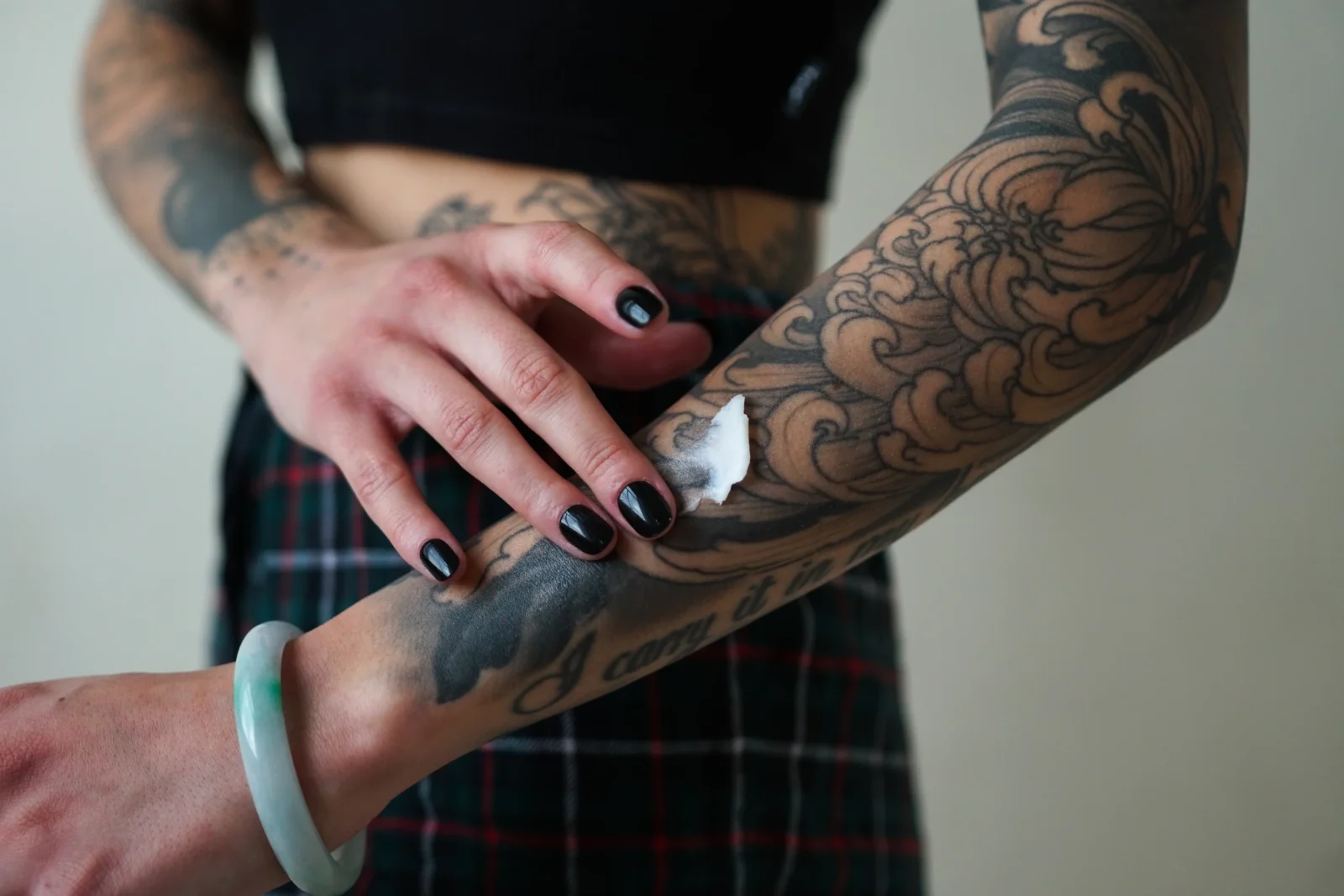
The Aftercare
Aftercare for a larger tattoo is crucial for the proper healing and preservation of the artwork.
The artist will provide instructions on how to clean the tattoo using mild, fragrance-free soap and warm water. You’ll need to gently pat it dry and apply a thin layer of recommended ointment or moisturizer. It’s important to avoid picking or scratching the tattoo and to protect it from direct sunlight, excessive moisture, and friction.
Additionally, wearing loose clothing and avoiding activities that may cause excessive sweating or irritation is advised. Regular moisturizing and monitoring for any signs of infection are essential until the tattoo is fully healed. Expect a lot of peeling a few days after each piece is done, as well as itching, so you may need to invest in cold packs to alleviate this.


